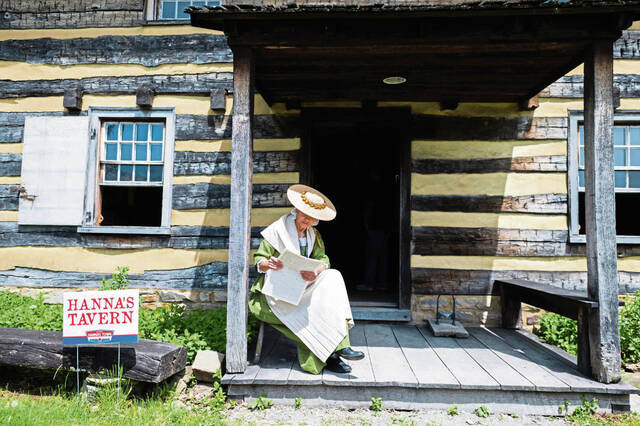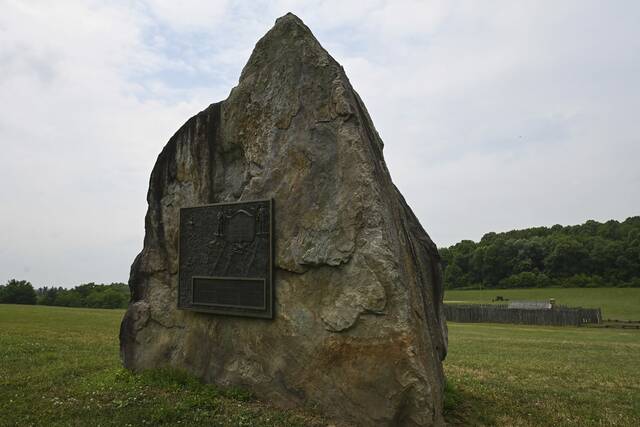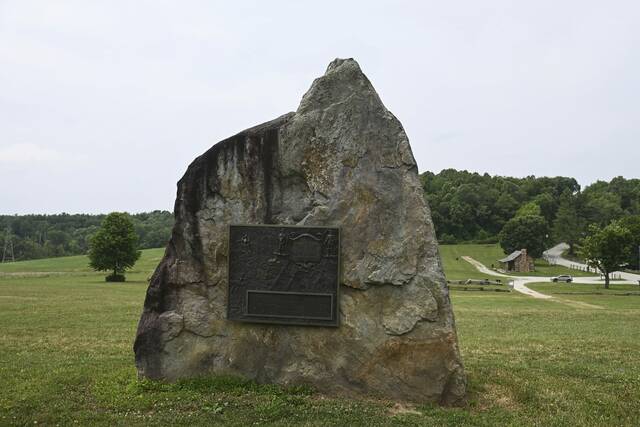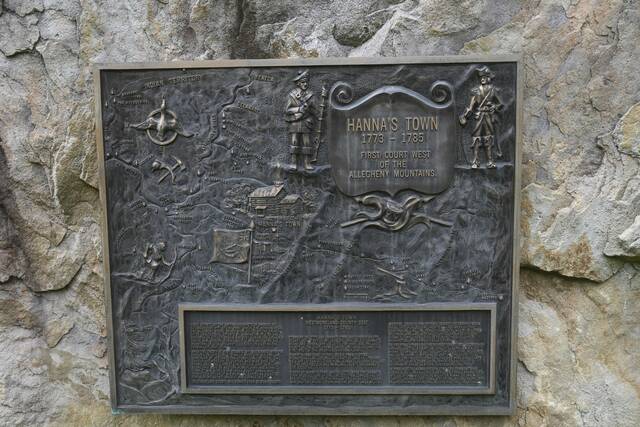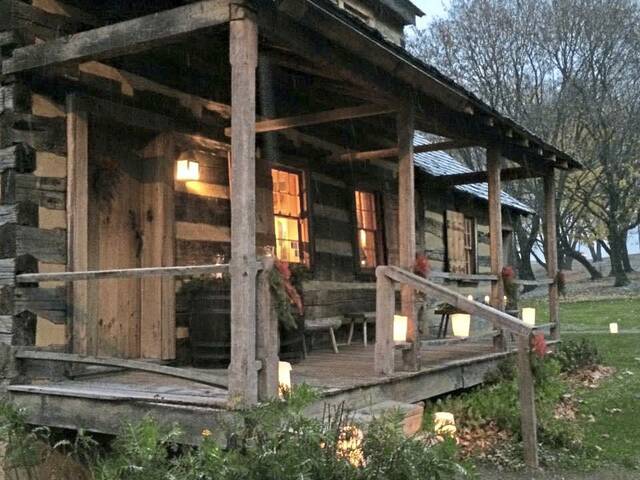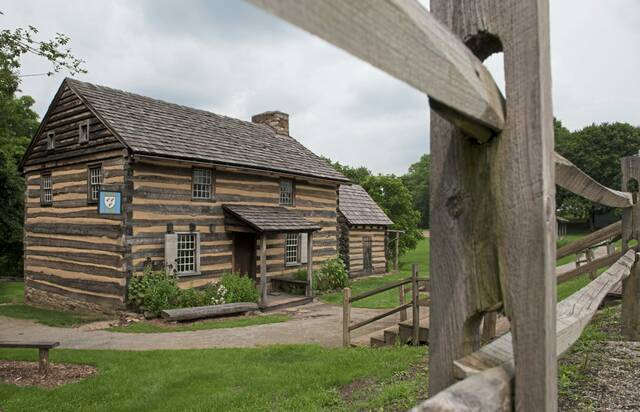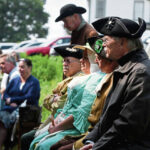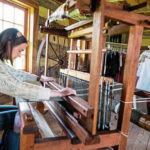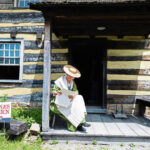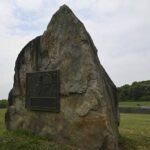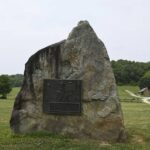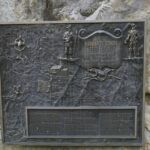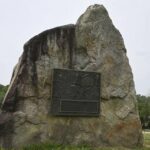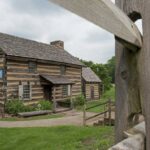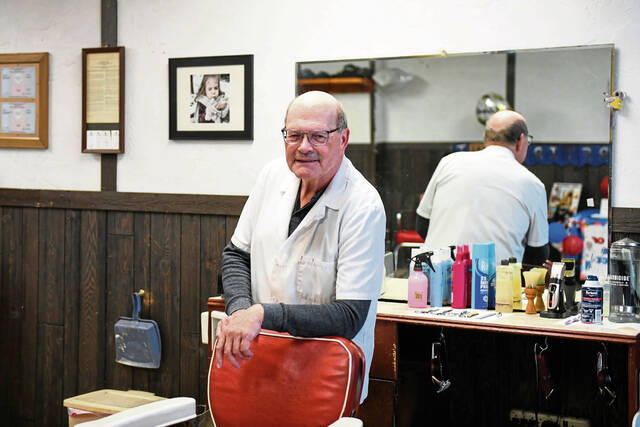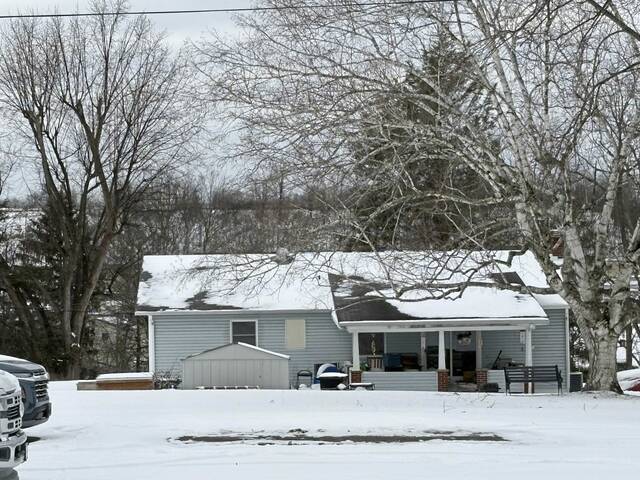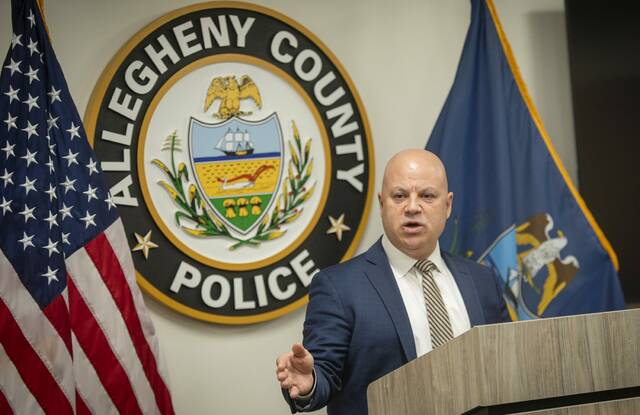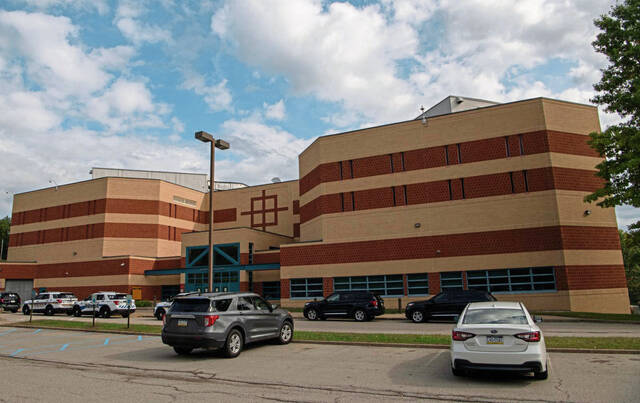(Editor’s note: This is part of an ongoing series marking the 250th anniversary of Westmoreland County’s founding.)
The first Westmoreland County seat, Historic Hanna’s Town, has been recreated at its original site through the efforts of historians and archaeologists. It’s a testament to Robert Hanna, who founded the town and was a crucial figure in the early days of the county.
Informed by the work of other researchers, Wilmington, Del.-based artist and genealogist Karen Furst has traced a link from Hanna to her husband, Andrew. “The Hanna line goes pretty far back,” she said.
Furst determined that one of Robert Hanna’s daughters, Jane, is her husband’s fourth great-grandmother.
Born in 1738 in Northern Ireland, Robert Hanna, a merchant and farmer, immigrated to Pennsylvania’s Cumberland County. By 1770, he had relocated to Hempfield, where he joined other relatives in founding Hanna’s Town — destined to be the seat of newly formed Westmoreland County, in 1773.
Settlers met at the town in July 1774, responding to grievances in Boston against British abuse of colonial rights. They elected Robert Hanna and James Cavet as representatives to a convention in Philadelphia.
The resulting convention declared allegiance to the British king but denounced recent acts of Parliament, including closure of Boston’s port, and pledged the readiness of Pennsylvania residents to “cease all commercial intercourse with Great Britain if necessary to secure repeal of the obnoxious laws,” according to “Old Westmoreland: A History of Western Pennsylvania During the Revolution” by Edgar W. Hassler, published in 1900.
In 1775, Hanna and Cavet were among Westmoreland court justices who refused to relinquish their judicial power to a rival Virginia-backed court in Pittsburgh. As a result, the pair were jailed for more than three months, until about June 20, when they were freed by a posse of 20 men led by the Westmoreland sheriff.
Because of his confinement in jail, Hanna was unable to participate in the May 16, 1775 approval of the Hanna’s Town Resolves, which was a reaction to the first shots fired in the Revolutionary War the previous month at Concord and Lexington.
Those assembled at Hanna’s Town declared their determination “to maintain and defend our just rights… wantonly violated in many instances by wicked Ministry and a corrupt Parliament,” as noted in “The Planting of Civilization in Western Pennsylvania,” a 1939 volume by Solon J. Buck and Elizabeth Hawthorn Buck.
As the Revolutionary War approached its end, Hanna’s Town was burnt by Native Americans and their British allies on July 13, 1782. Just two buildings remained, including the log structure where court sessions were held.
Just one death was reported at Hanna’s Town, where most residents sheltered in a stockade after people harvesting outlying fields gave advance warning of the attack. A 16-year-old girl was mortally wounded when she exposed herself to enemy fire in order to rescue an infant, Hassler noted.
But, at nearby Miller’s Station, 11 settlers were killed in an attack that surprised people who had gathered for a wedding the previous day. According to Hassler, Robert Hanna’s wife, and a daughter, Jennie, were among four captives taken to Canada and finally released at the conclusion of the war.
The accounts don’t specify Robert Hanna’s whereabouts during the attack. He died four years later.
The location of his burial is unknown.
In his will, recorded on May 2, 1786, Hanna noted he was “very sick and weak of body but of sound and perfect memory.”
He directed that at least part of his family’s “plantation and tract of land” at Hanna’s Town be sold to pay off his debts and that any remaining money be divided among his wife, Elizabeth, and their four daughters. If not needed to satisfy debts, he set aside 100 acres that would be divided among his survivors once his youngest daughter, Susanna, turned 18.




